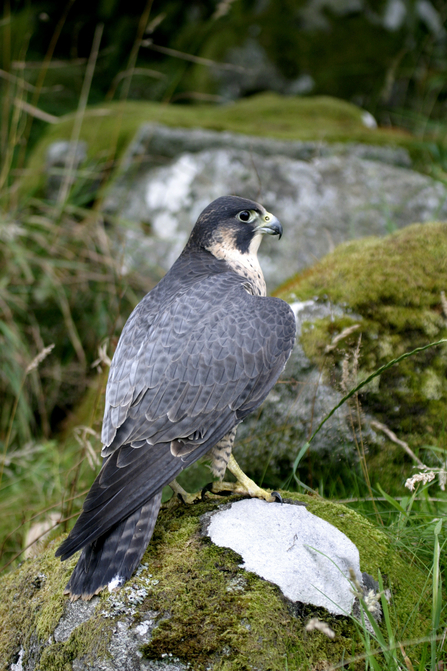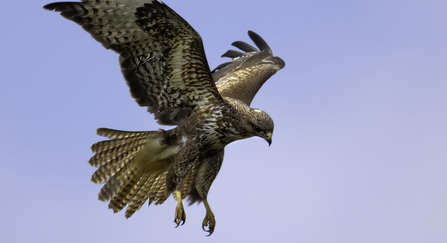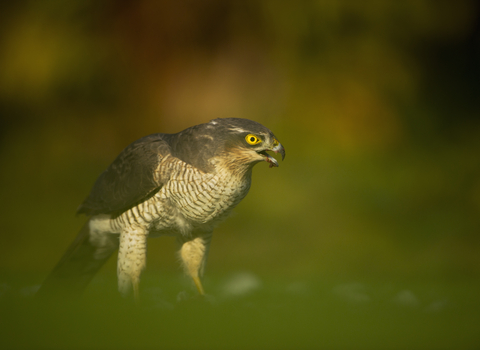Deadly hunters with razor sharp talons and beaks, yet also graceful and hauntingly beautiful, birds of prey are a favourite sight cutting through the air above our nature reserves and across our region. As we enter autumn and the leaves tumble from the trees, spotting birds of prey becomes a favourite pastime of our reserve officers, who have shared some of the very best places to spot birds of prey in Lancashire and across our wonderful region.
Brockholes
A true birders’ paradise, a visit to Brockholes nature reserve at any time of year could treat you to the sight of buzzards soaring over Boilton Wood, barn owls hunting over the marshes and car park as the nights draw in, and don’t miss the chance to spot our resident kestrel, Kevin.








